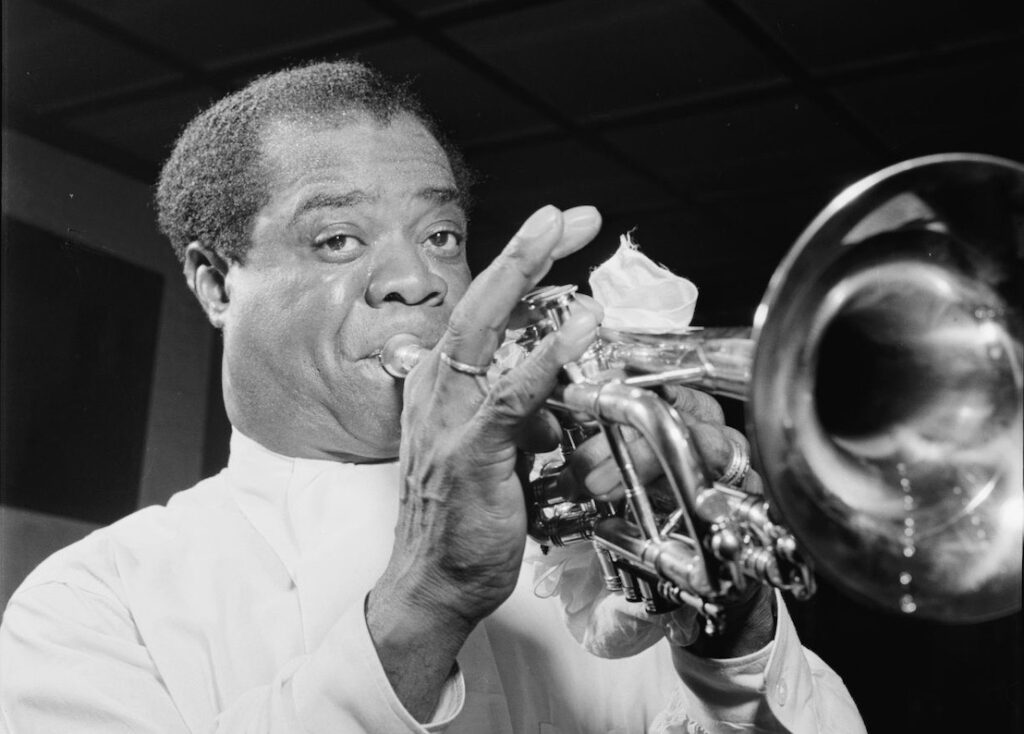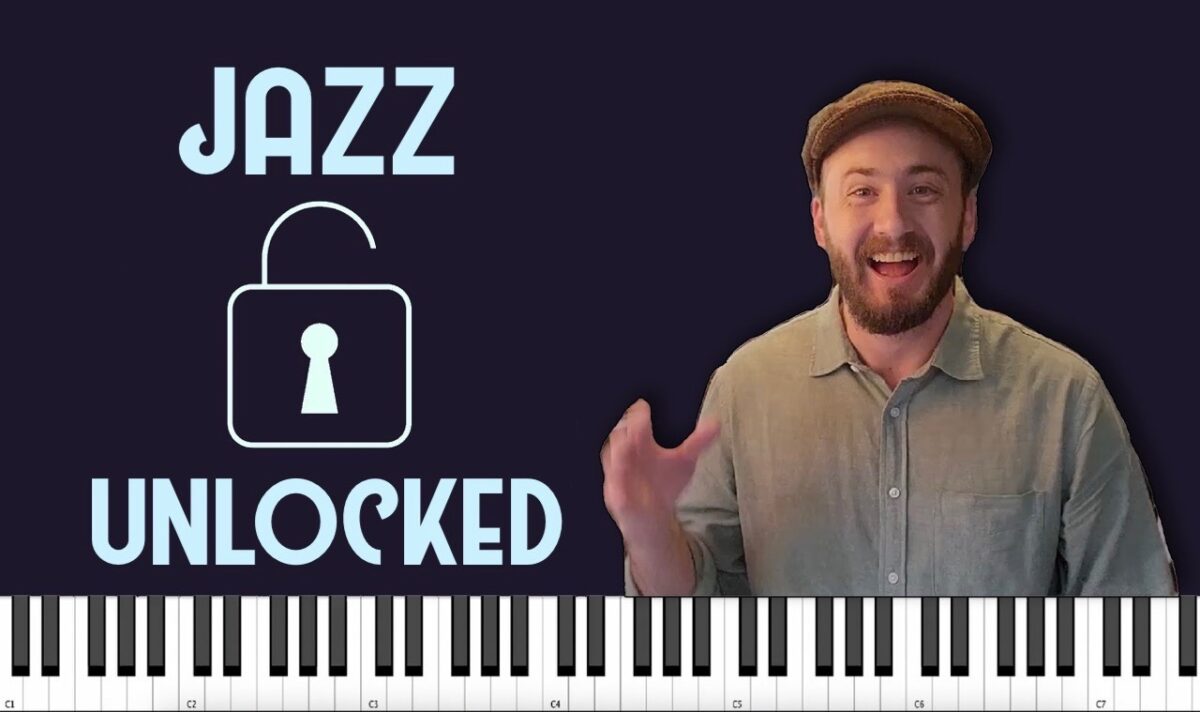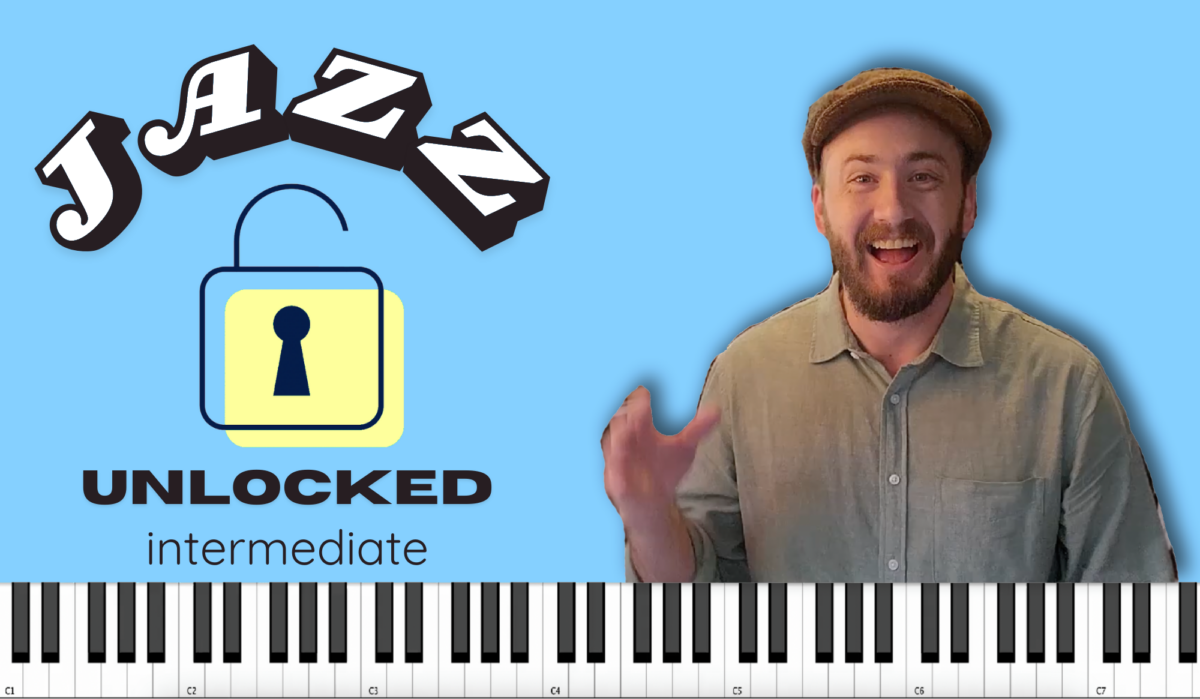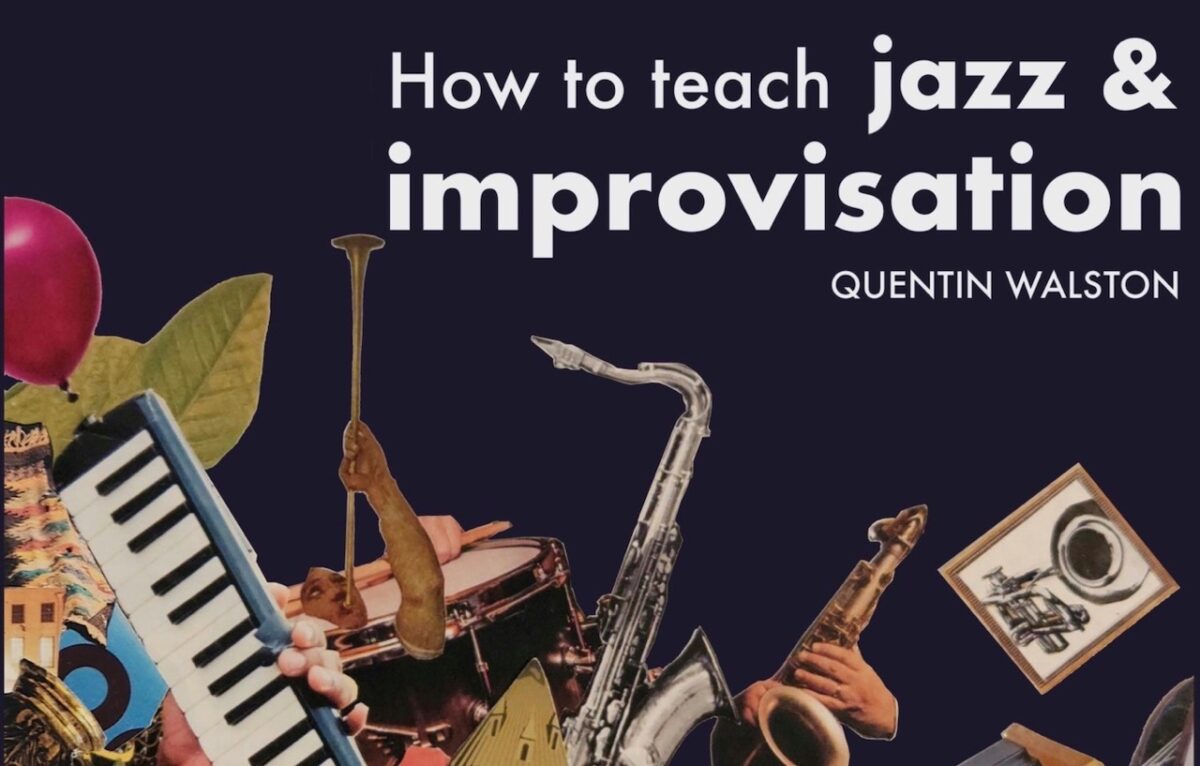Jazz is spontaneous, it’s improvised. But how much exactly? Is it all made up on the spot? Surely something must be worked out beforehand…
How Much of Jazz is Improvised?

I’m often asked during presentations and or after a performance: “how much of jazz is improvised?” or “did you make that all up?” Many people know jazz has something to do with improvisation, but exactly how much is a mystery. Also, many assume a section either is entirely improvised, or entire worked out. The truth may surprise you!
Improvisation, creating new music spontaneously, is much like speaking. When you have a conversation with someone, you are improvising (imagine having to plan out every conversation out ahead of time!) You are improvising your phrases and sentences, and on a deeper level you are improvising the inflection and cadence of your voice and reacting to the conversation’s path in real time.
You are improvising when you speak, but you are not making up new words or combinations of vowel and consonant sounds – you are using the vocabulary you know. The same is for jazz. Musicians make up phrases and sentences (melodies) and react in real time to the conversation (the unfolding of the song). And amid all of this is a vocabulary and grammar.
Jazz musicians improvise over existing structures like chord progressions. They adhere to the beat and meter of the piece and often follow a predetermined form. This allows greater freedom of expression despite its structure in the same way knowing a language grants us more freedom than shouting gibberish.
So when people ask me “how much of jazz is improvised?” It’s hard to give a true answer. There is constantly a balance between spontaneous creation, and an underlying structure.
Let’s dive in deeper to the underlying structures and what jazz musicians improvise in the respective context; this gets at the heart of how much of jazz is improvised.
The Underlying Structures
Traditionally, jazz compositions follow a structure and chord progression. Both have roots in either the blues or song form. The blues is a 12-measure chord progression from the turn of the 20th century that has been used in tens of thousands of songs! While there are extensive variations, the underlying primary chords remain the same. Lyrical song form has been around for centuries, but jazz often looks composers of the Great American Songbook (repertoire from composers like Gershwin, Porter, Berlin, and Kern) for typically 32 to 64 measure long structures of various forms.
In a jazz performance, the underlying chord progression is repeated on loop for the duration of the piece. At the start, the original melody is played with the chord progression (the true pairing of the composer’s melody and accompaniment). As the work continues, the accompaniment stays the same (the harmony and duration of the chords) but the melody may be improvised. This is how jazz solos work. It is akin to making up new lyrics while singing karaoke. The backing track hasn’t changed, but what you’re doing on top has! Jazz musicians use their knowledge of melody, harmony, phrasing, and more to expertly craft improvised melodies over the established chord progression with ease.

What Jazz Musicians Improvise
A jazz trumpeter begins soloing on top of a chord progression. Let’s say it’s a familiar jazz standard like “All The Things You Are” by Jerome Kern. The first chord is F minor 7. It lasts 4 beats. The pianist plays a nice chord on the first beat. The bassist is thumping away on his walking bass line, outlining notes of the chord. The drummer is swinging on the cymbals and snare.

The trumpeter has to know a few things to improvise well. He or she needs to know the first chord, how long it will last, and what notes can be improvised on that chord that will be pleasing. A C# or A will sound completely wrong, while a C or Ab will be excellent. Next, the trumpeter must know how to weave those proper sounding notes into a compelling melody. Next, they can’t just churn out notes of all the same rhythm lest they sound robotic. No, a good jazz melody needs phrasing, spurts of notes, and plenty of accents and articulations.
Jazz musicians learn improvisation much like we learn to speak. We hear other speak and we try it ourselves. We are inspired by those who move us with their words. Jazz musicians have a vocabulary too. Michael Brecker will pick up a line from John Coltrane who got an idea from Charlie Parker. There is a beautiful combination of tradition, emotion, and intelligence in jazz improvisation.
So how much of jazz is improvised? Well certainly not all of it, but certainly a lot of it. Whether or not we can pin that down, we can be amazed at the masters of the language creating music in real time before our ears.
What to learn more about jazz improvisation?
This Is Jazz courses offer insight into jazz in a way that’s approachable, fascinating, and fun to learn!


